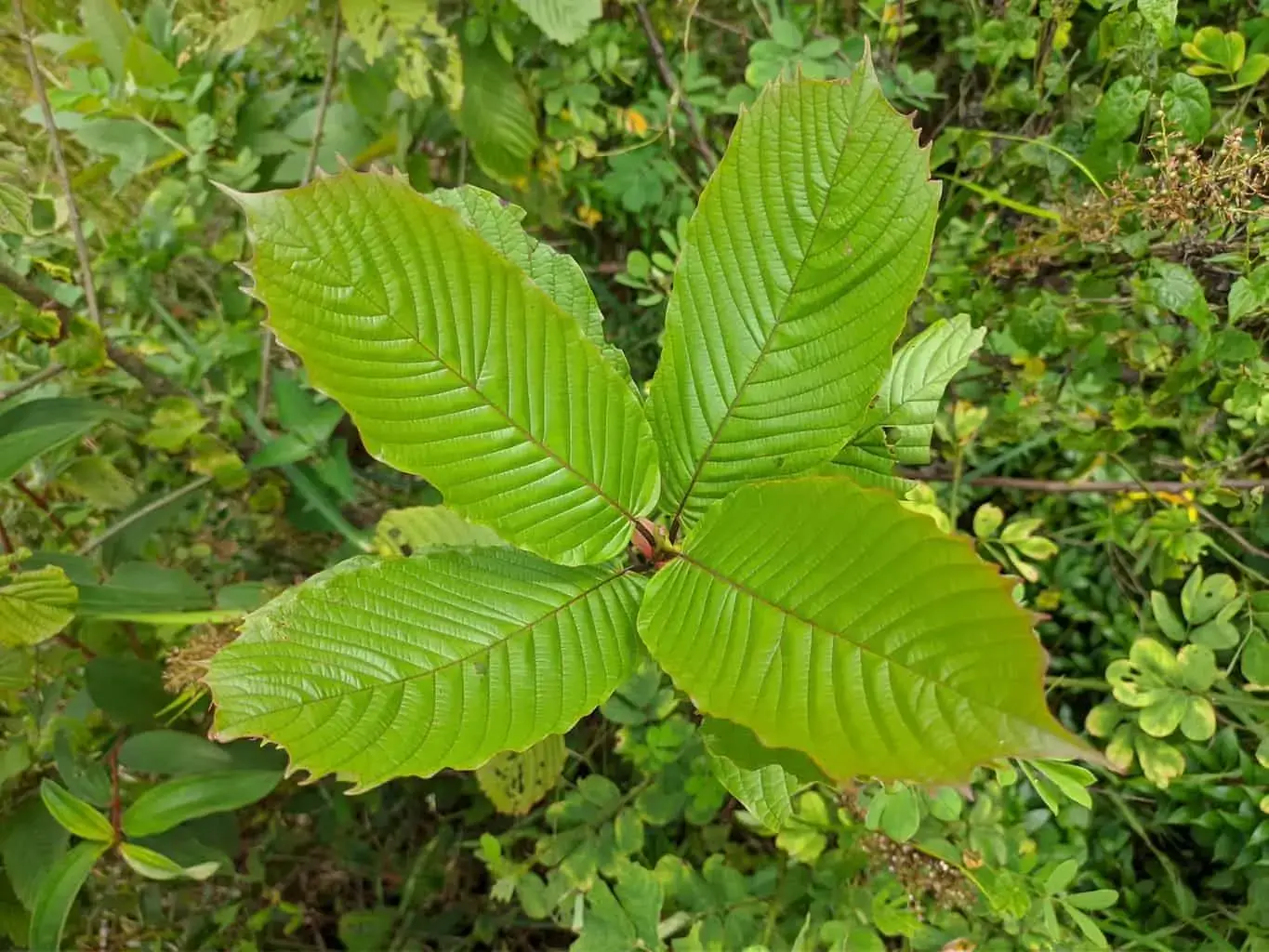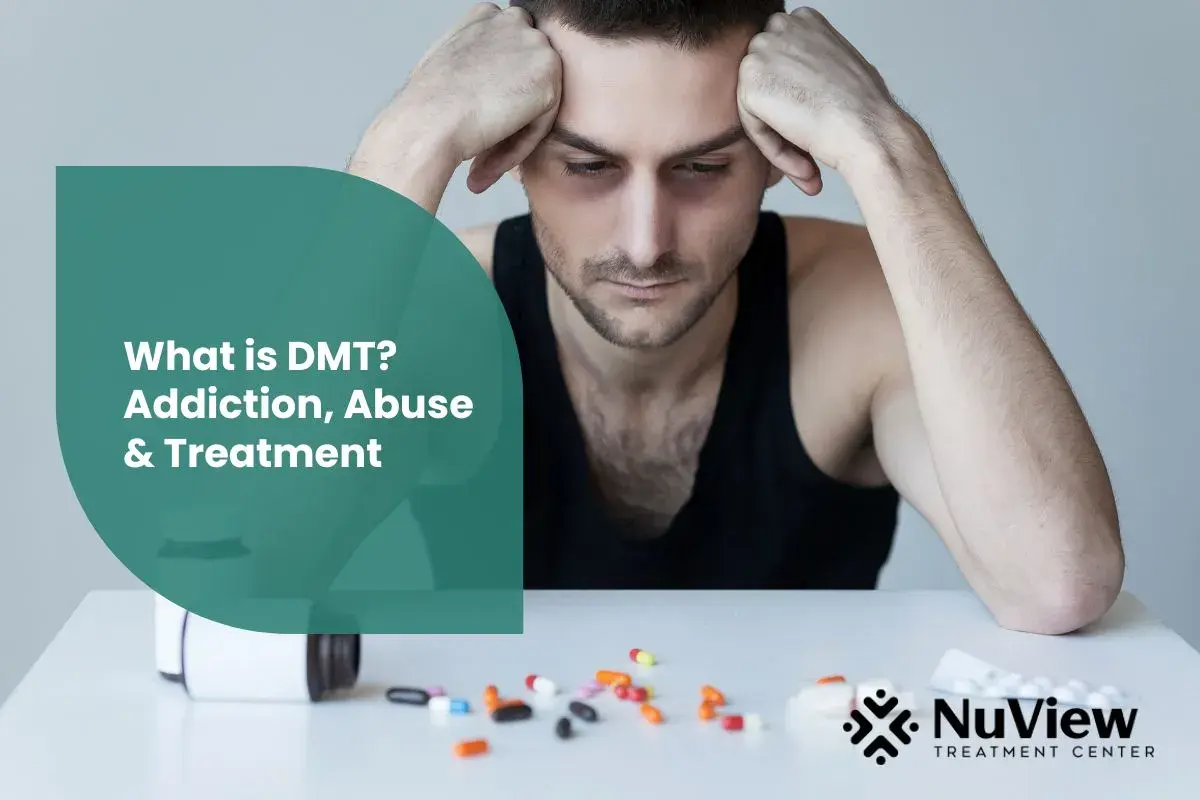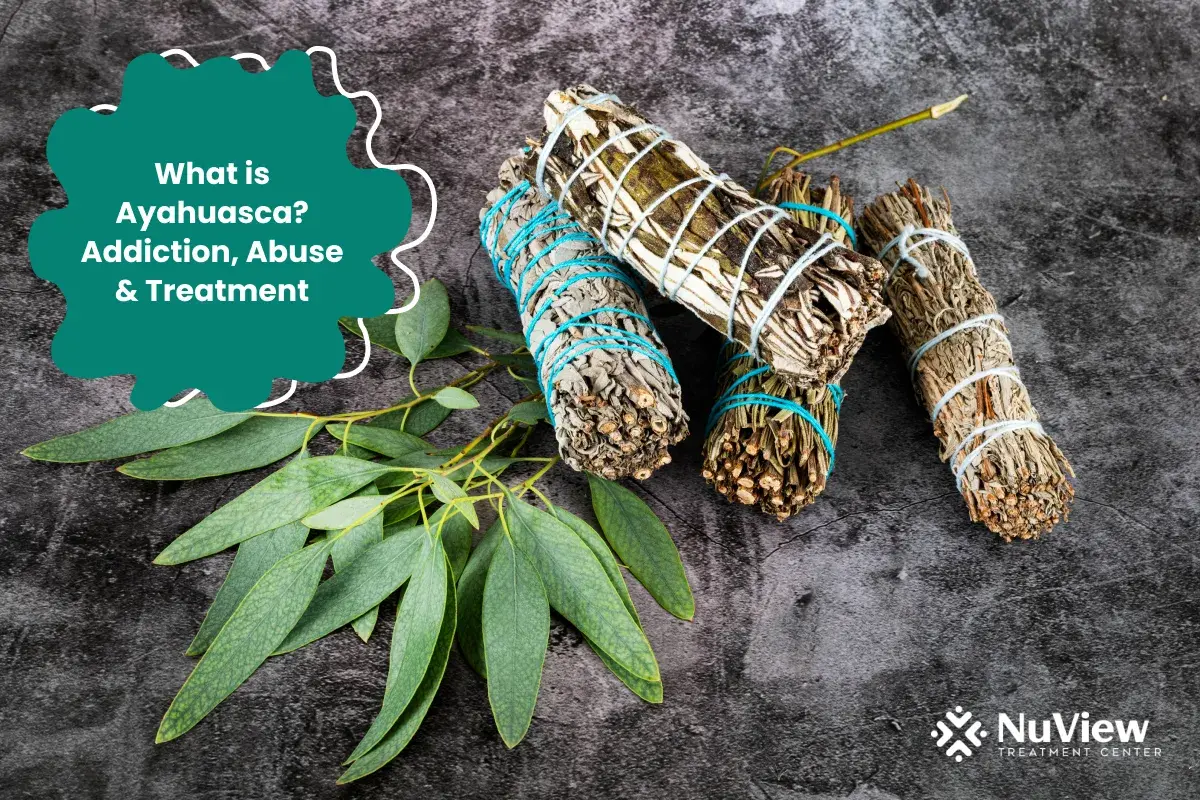Kratom is a tree found in the southeastern regions of Asia. It is known for its pain-relieving effects, something very similar to opioids. It also has a high potential for misuse and addiction.
Maeng da is one of the different varieties of kratom. It is known to provide pain relief, boost energy, and increase focus. While most of its abilities are based on anecdotal information, it has been becoming increasingly popular in the U.S. Therefore, we shall look into its benefits, uses, and other information regarding this alternative kratom strain.
What Is Maeng Da Kratom?
Kratom is a tree found in Southeast Asia. Interestingly, kratom is a relative of coffee. Also known as ‘Thai Kratom’ as it originates from Thailand, it has been used for centuries as a pain reliever and energy booster. In fact, its effects are very closely related to opioids. While not classified as an opioid per se, it does have a high potential for misuse. It also leads to withdrawal symptoms similar to opioid withdrawal symptoms.
Thai Kratom is an alternative kratom strain. Often, it has been considered to be the purest kratom. Not what one might understand from its name, but maeng da translates to "pimp-grade" in reality. Technically speaking, it is a hybrid type of kratom that has become very famous of late. In the U.S., especially, herbal stores, tobacco shops, and even internet retailers provide it by marketing it as a herbal alternative to pain medications. Nevertheless, there is little to no evidence regarding the efficacy of this strain.
Types of Maeng Da Kratom
This kratom itself is a hybrid of different strains which is why it's also known as grafted kratom. It also comes in many other types, which are basically categorized by the color of kratom leaves' veins:
- White Maeng Da:
The white strain is made from white vein (70%) and green vein (30%) kratom. It is known for increasing confidence, focus, and cognitive abilities in general.
- Green Maeng Da:
The green strain is made from green vein (80%) and white vein (20%) kratom powder. It is known for its psychoactive effects, which lead to elevated mood and energy. Moreover, it is also known for its pain-relieving effects.
- Red Maeng Da:
The red strain is the most famous maeng da strain. It contains 7-hydroxy mitragynine and pantetheine alkaloids. It is made from red vein (60%) and white vein (40%) kratom. It is known to enhance mood and energy. While providing pain relief, it is also known for producing intense sedative effects.
Get Started With Nuview Treatment Center
Our dedicated professional staff is here to guide you or your loved one on the journey to lasting recovery, offering support every step of the way.
Side-Effects of Maeng Da Kratom
Thai kratom is said to have many uses and benefits. However, there are certain side effects one needs to be aware of if one is considering using this herbal alternative. These are:
- Agitation
- Hallucinations
- Lightheadedness
- Vomiting sensations
- Constipation
- Breathing difficulties
- Sweating
- Dilated pupils
- Impaired motor coordination
Benefits and Uses of Maeng Da Kratom
There are certain uses and benefits of maeng da kratom. However, as of now, these are just based on anecdotal evidence and must not be considered scientific.
Certain maeng da kratom effects, uses, and benefits are:
- Provides pain relief, very similar to opioids like morphine.
- Boosts energy
- Increases focus
- Alleviates stress and anxiety.
- Increases the sense of well-being.
- Can be used in cases of opioid withdrawal, as it has the same effects on the brain as opioids.
Withdrawal Symptoms of Maeng Da Kratom
The withdrawal symptoms seep in when this herbal substance is abruptly stopped. These withdrawal symptoms are unpleasant and include:
- Confusion
- Anxiety
- Hallucinations
- Agitation
- Hostility
- Muscle aches
- Runny nose
- Constipation
- General sense of unease
While the withdrawal symptoms may vary from person to person, the ones mentioned above are common. It mainly depends on the duration and severity of maeng da kratom use.
Get Started With Nuview Treatment Center
Comparing Maeng Da Vs. Other Strains
Maeng da strains are becoming increasingly popular of late, especially in the U.S. They are generally preferred to other kratom strains because of their potency. To elaborate, the kratom leaves used to prepare maeng da strains are dried for longer periods of time than other strains. This contributes to the psychoactive alkaloid content in the maeng da strains, thereby increasing their potency.
Moreover, before maeng da strains are sold in the market, the leaves are finely milled and ground well. They are then packaged as capsules, tea sachets, etc.
Legal Status of Maeng Da Kratom
No product containing kratom or its two main chemical compounds (mitragynine and 7-hydroxy mitragynine) is legal in the U.S. This goes for maeng da kratom strains and their subtypes as well. The U.S. Food and Drug Administration (FDA) does not approve it for any kind of medical use, and neither is it legal for sale as an over-the-counter product.
Simply put, grafted kratom is not legal in the U.S. Nevertheless, nearly 1.7 million Americans aged 12 years or older use kratom products, which can lead to a myriad of unwanted effects, misuse, addiction, and dependence.
Treatment For Addiction To Maeng Da Kratom
Thai kratom has great potential for addiction and dependence. Recognizing this within oneself or a loved one is the first step to treatment, healing, and recovery.
At the NuView Treatment Center, we offer the following treatment options for addiction to maeng da kratom:
- Behavioral Modification: It identifies and changes destructive thinking patterns and behaviors, especially those linked with maeng da kratom misuse.
- Psychiatric Counseling: It aims to enhance self-understanding and resolve unhealthy patterns pertaining to misuse. It also seeks to enhance overall health and well-being.
- Relapse Prevention Plans: Relapse is high risk with Thai kratom, especially given its potency and appeal compared to other kratom strains. Relapse prevention plans are personalized to every person's unique needs and goals. They are aimed at promoting and maintaining sobriety.
We also provide holistic treatment strategies to treat maeng da kratom addiction. They are complementary to behavioral therapies and involve integrating healthy practices, such as:
- Physical exercise
- Balanced diet
- Lifestyle changes
- Deep breathing exercises
- Meditation
- Mindfulness
If considering treatment for maeng da kratom abuse, reach out to NuView today! Contact us at (323) 307-7997 or email us at info@nuviewtreatment.com.
Frequently Asked Questions
Why People Take Maeng Da Kratom
Maeng da kratom is used for pain relief, energy boosting, focus boosting, and mood-enhancing effects.
Why Kratom Is So Dangerous
Kratom is dangerous as it has a high potential for misuse and addiction. In rare cases, kratom can also lead to overdose and death.
How much Maeng Da Kratom should I take?
If considering maeng da kratom, it is always crucial to stick to lower doses. Around 0.5 grams is suggested.
- What Is Maeng Da Kratom?
- Types of Maeng Da Kratom
- Side-Effects of Maeng Da Kratom
- Benefits and Uses of Maeng Da Kratom
- Withdrawal Symptoms of Maeng Da Kratom
- Comparing Maeng Da Vs. Other Strains
- Legal Status of Maeng Da Kratom
- Treatment For Addiction To Maeng Da Kratom
- Frequently Asked Questions
- What Is Maeng Da Kratom?
- Types of Maeng Da Kratom
- Side-Effects of Maeng Da Kratom
- Benefits and Uses of Maeng Da Kratom
- Withdrawal Symptoms of Maeng Da Kratom
- Comparing Maeng Da Vs. Other Strains
- Legal Status of Maeng Da Kratom
- Treatment For Addiction To Maeng Da Kratom
- Frequently Asked Questions
Get Help Today!
Everyone is Welcome Here and We All Have Your Back
Your healing journey deserves a personalized approach. At NuView, we integrate expertise in behavioral therapy, mental health, and substance use treatment to create a customized recovery plan tailored to your unique needs.
Connect with our Admissions Specialists today.







Written By
Dr. Ryan Peterson